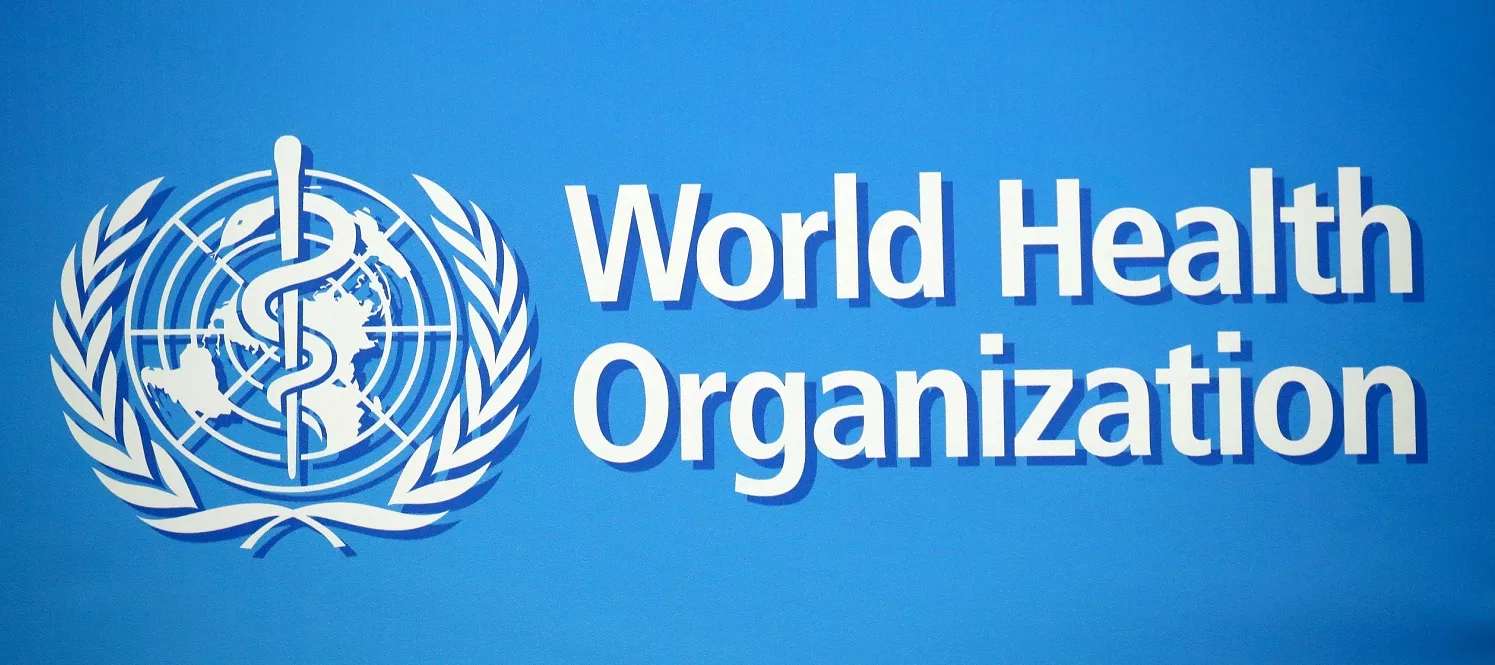Analysis of associated factors affecting hematoma evacuation rates in spontaneous intracerebral hemorrhage with stereotactic aspiration combined with catheter drainage
Due to the absence of direct visualization during the operative field in stereotactic surgery for sICH, there exists individual variability in hematoma evacuation (HE) rates, with about 42% of patients not attaining the expected threshold for HE. The aim of this study was to find the relevant factors affecting HE during the treatment of sICH with stereotactic surgery. We pooled individual data from our prospective ICH database, encompassing patients who underwent stereotactic aspiration and catheter drainage. The primary outcome was HE rates prior to extubation. Multivariate logistic regression using the stepwise forward method to identify the independent risk factors. A predictive scoring model was developed based on regression coefficients. To evaluate its discrimination performance, we conducted ROC curve analysis and calculated the AUC. Additionally, we employed calibration curves as an indicator of concordance. The bootstrap internal validation was used to ascertain the model's stability. DCA was performed to determine the clinical utility. The study included 90 patients, of whom 43 (47.8%) patients achieved HE rates ≥ 70%. The multivariate logistic analysis showed that blend sign (OR 7.003, 95% CI 2.118-23.161, P = 0.001), irregular shape (OR 0.235, 95% CI 0.067-0.821, P = 0.023), two drainage tubes (OR 28.643, 95% CI 1.872-438.181, P = 0.016), diabetes (OR 0.078, 95% CI 0.006-0.948, P = 0.045), and hematoma edge linked to ventricle (OR 0.145, 95% CI 0.032-0.659, P = 0.012) were independent risk factors. For clinical use, the Model-score was established, with a total score ranging from -6 to 5. The AUC values of the Model-logit and Model-score were 0.820 (95% CI 0.733-0.906) and 0.822 (95% CI 0.737-0.908) respectively. The cutoff values were 0.275 and -0.5. Calibration curves demonstrated excellent agreement between predicted probabilities and observed outcomes in both models. Utilizing the bootstrap method for internal validation, the mean AUC values were determined to be 0.819 (95% CI 0.736-0.903) for Model-logit and 0.823 (95% CI 0.742-0.903) for Model-score, demonstrating stability across the resampled datasets. The DCA confirmed that both models provide superior net benefit for predicting HE rates ≥ 70% when the individualized threshold ranges from 10 to 82%. The predictive model of HE rates ≥ 70% prior to extuation has demonstrated predictive capability, holds the potential to assist clinicians in optimizing surgical efficiency.
Blend sign; Hematoma evacuation rates; Predictive model; Spontaneous intracerebral hemorrhage; Stereotactic aspiration.
© 2025. The Author(s).
Declarations. Competing interests: The authors declare no competing interests. Ethics approval: This study was approved by the Ethics Committee of the First Affiliated Hospital of Fujian Medical University (Ethical Approval Number: MRCTA, ECFAH of FMU [2018] 082-1).








